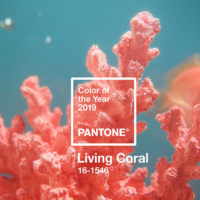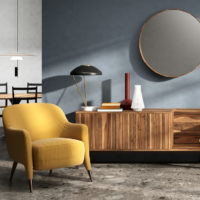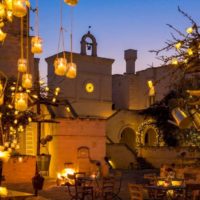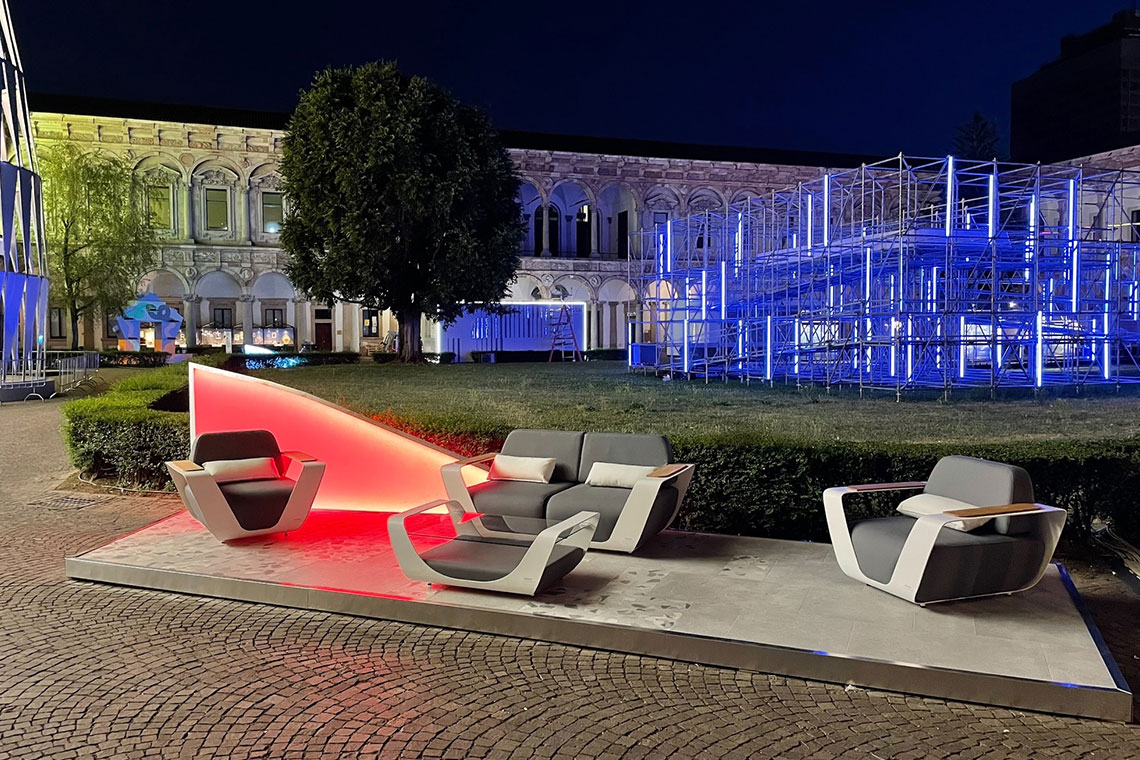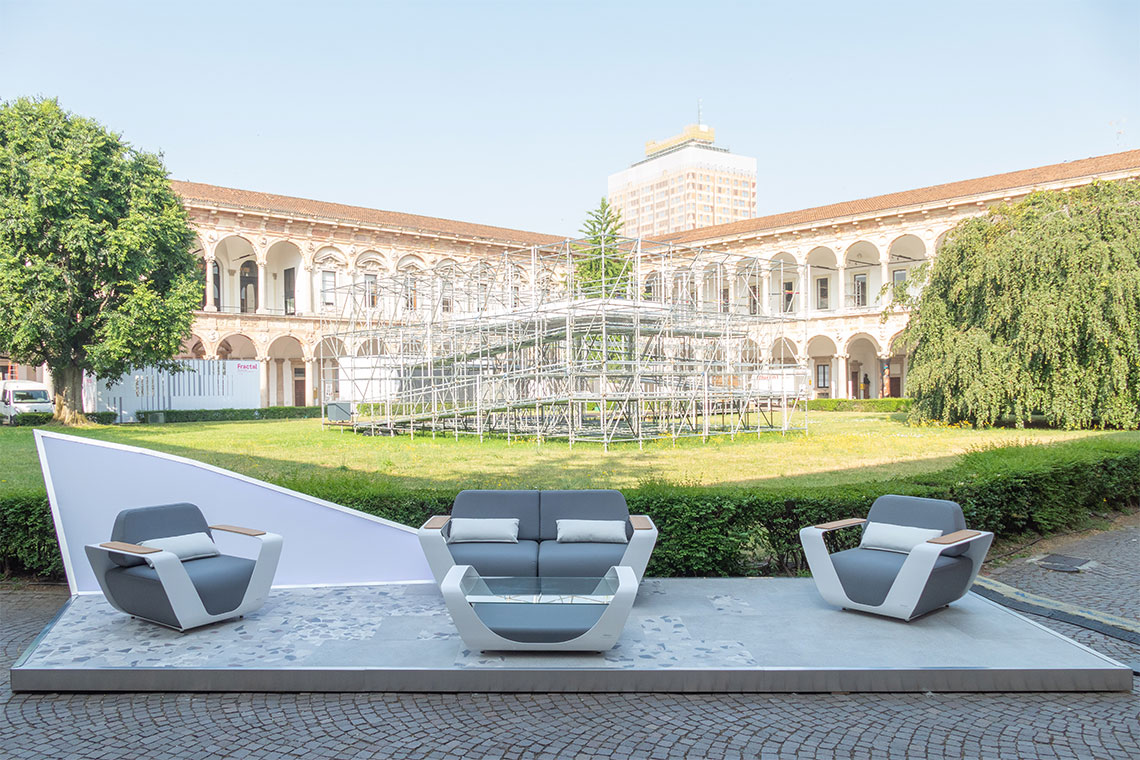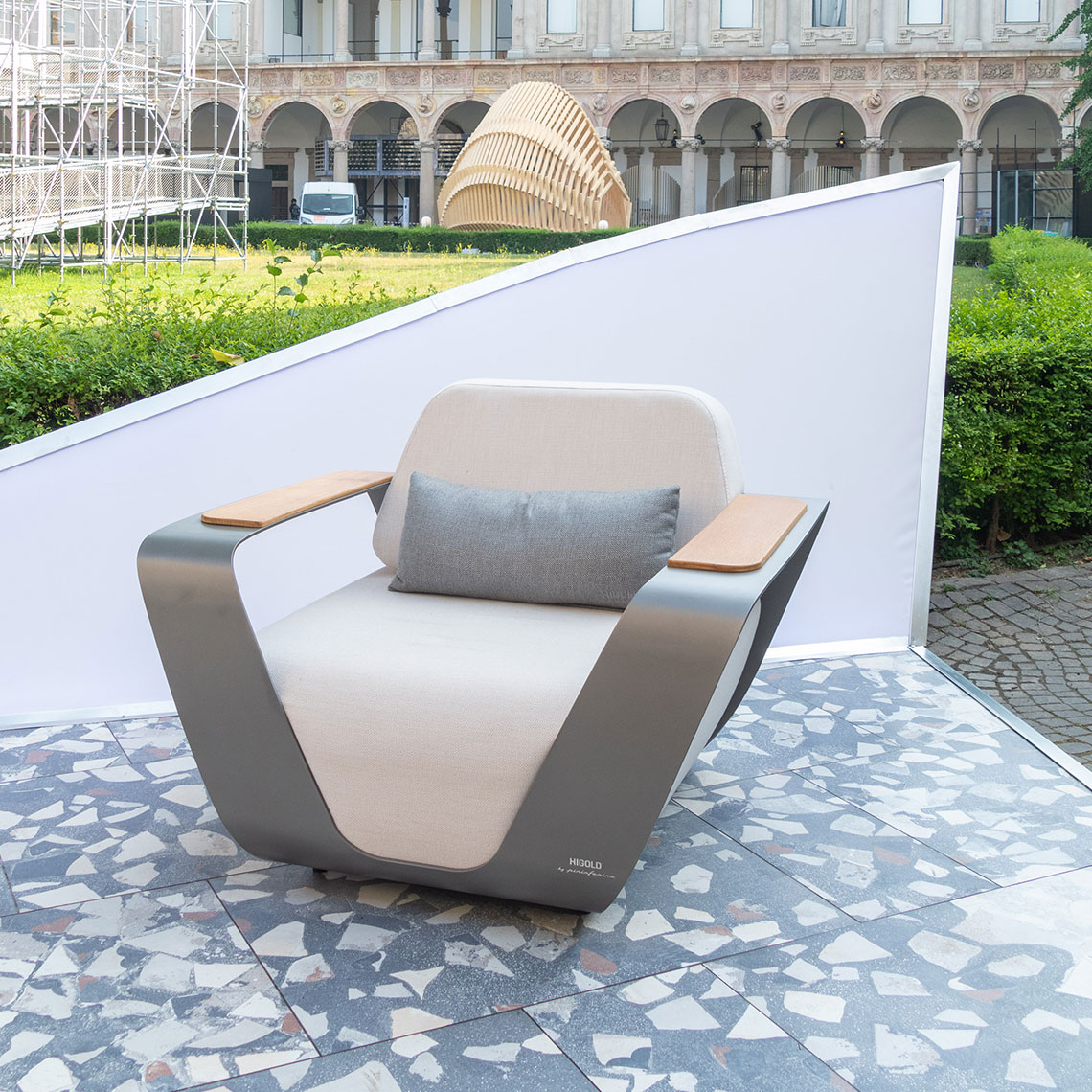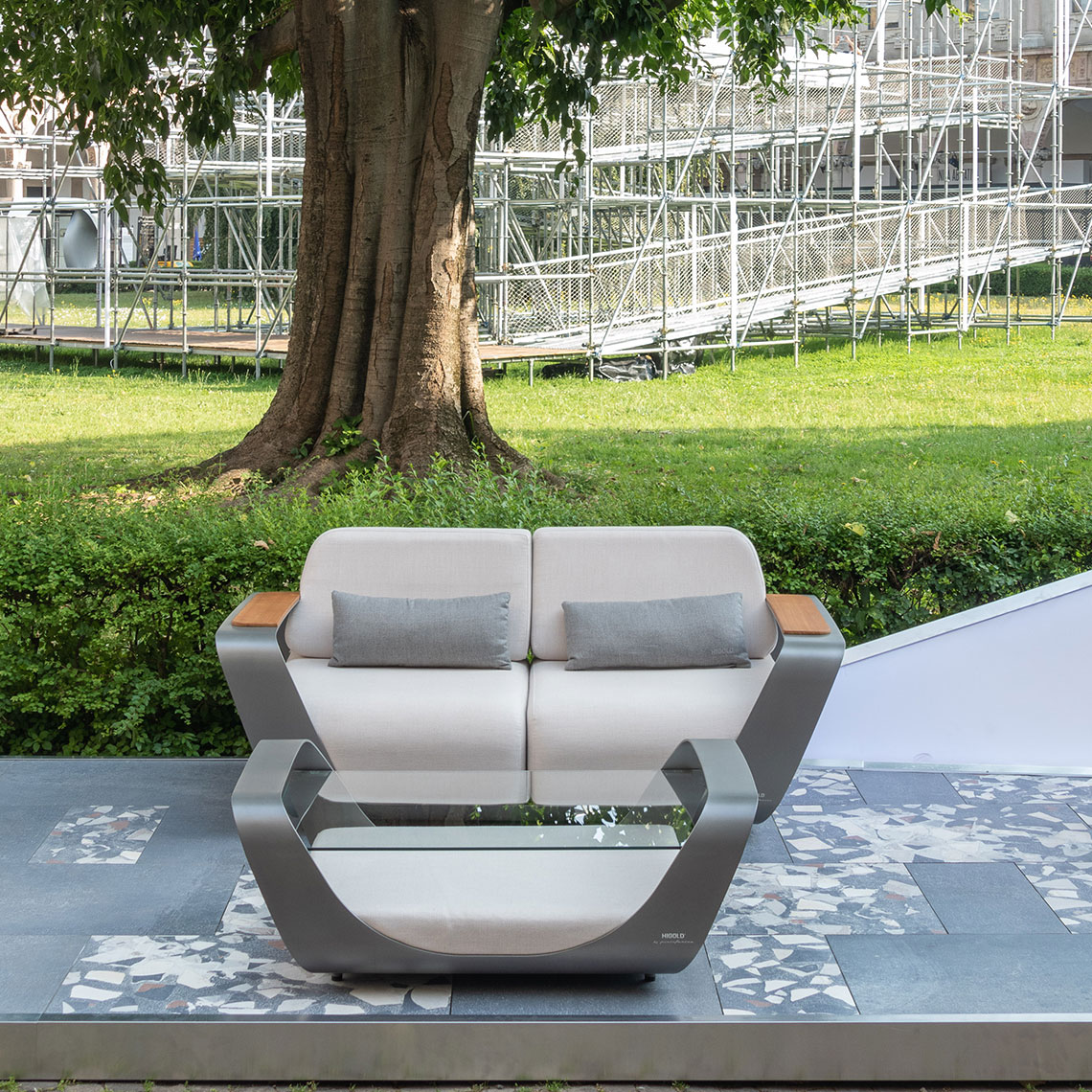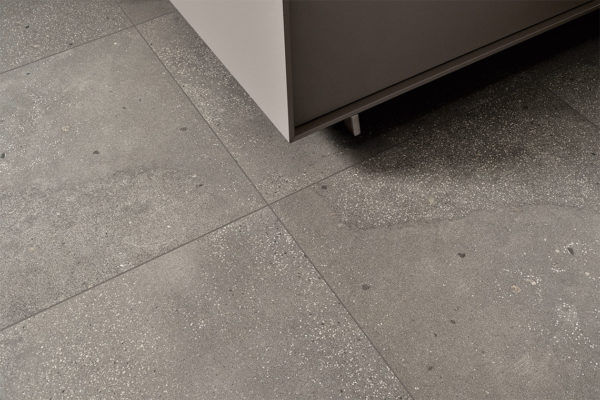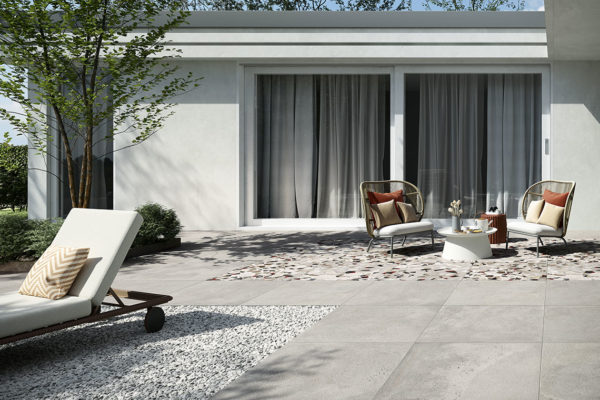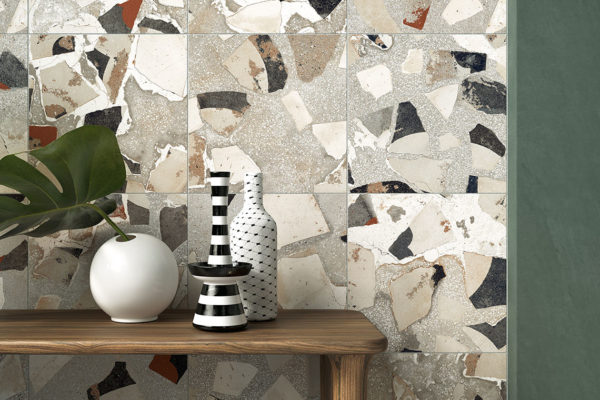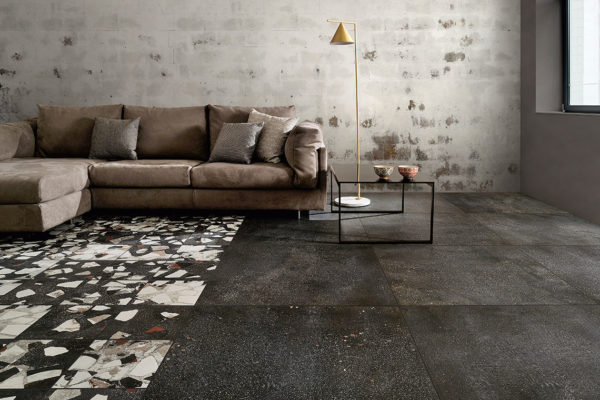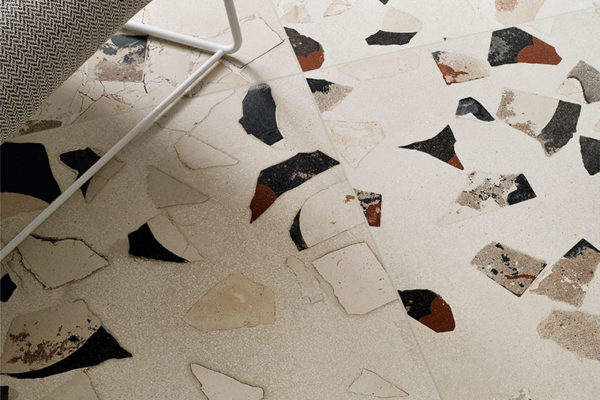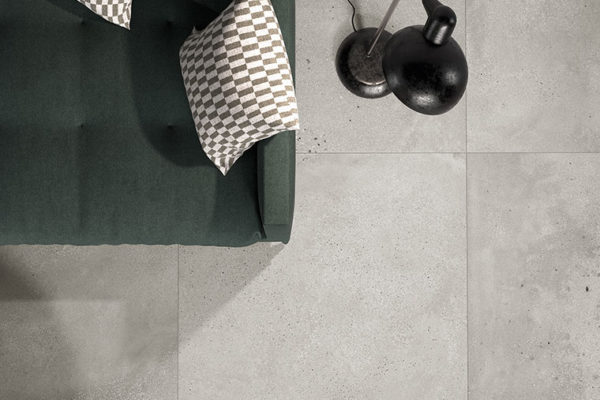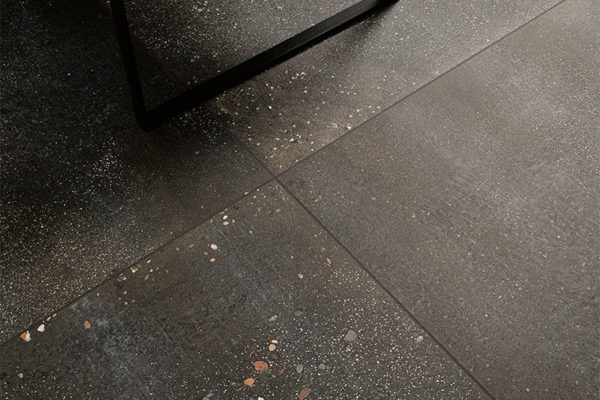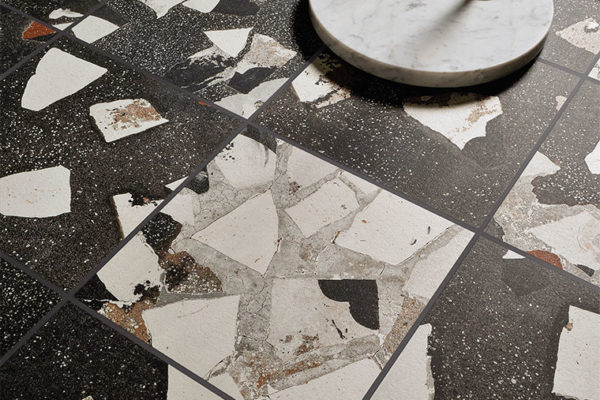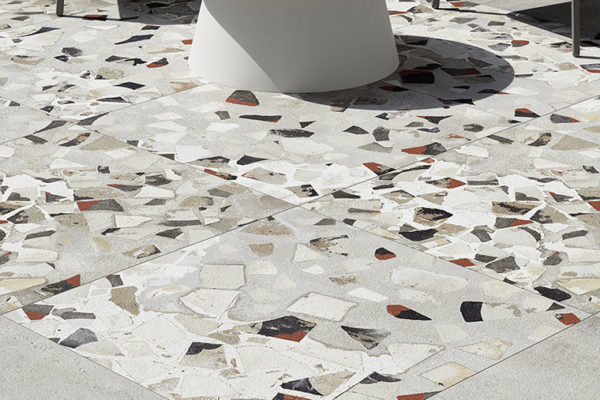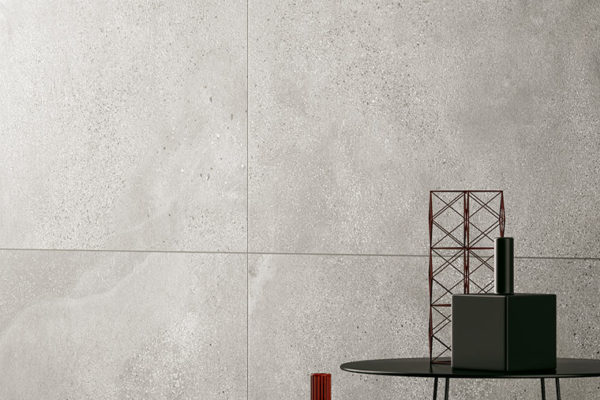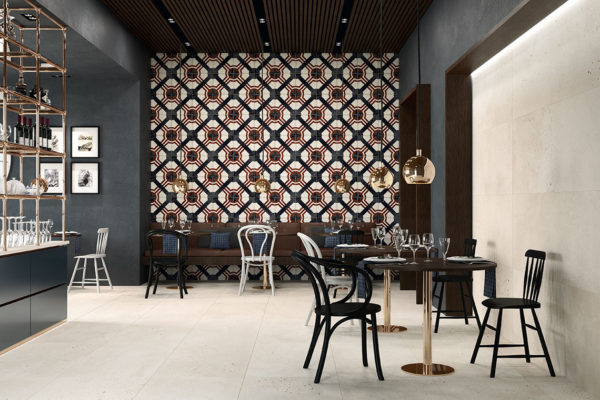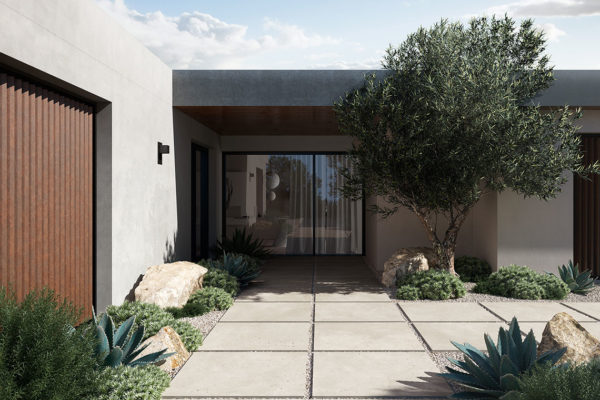
Between space and time: new ideas for interior design
Unusual events and innovative installations for a new start
June was the month of the big return of the Milan Design Week. It was an edition full of events, attracting an exceptional (physically present) public attendance. Milan was enlivened by more than 800 events, confirming it as capital of the design industry. In particular, thanks to really original installations and concepts, the Fuorisalone was a unique opportunity to discover numerous new ideas.
Ceramica Fioranese wanted to make its own contribution by taking part in the “Wave – a new bond between indoor and outdoor” exhibition, the installation set up by Pininfarina Architecture during the Interni Design Re-Generation display event held at the University of Milan. The I Cocci collection was the main attraction in this installation. We decided to interview Simona Penna, Marketing Manager of Pininfarina S.p.A to find out about the origin and concept of this particular project.
LifeTiles: How did the partnership with Fioranese for the Wave project come about?
Simona Penna: The Wave project was conceived in the context of the INTERNI Re-generation exhibition organised during the Salone del Mobile 2022; the theme of the exhibition focused on circularity considered as an essential part of a wider transformation of the industry towards climate neutrality and long-term competitiveness. In this context, we chose to use Ceramica Fioranese’s “I Cocci” Collection. The inspiration behind the collection is a renovated floor, typical of the early 1900s, when concrete began to be used as a binder in renovations and the floors had inserts of pieces of marble or recovered materials.
LifeTiles: What concept defines the Wave project and how do the Higold Onda and Fioranese “I Cocci” collections interact?
Simona Penna: In the last few years, in different countries and cultures, many of us have been shut inside our homes for long periods of lockdown. This has forced us to rethink our daily habits and to redesign our home spaces in order to allow us to enjoy a better quality of indoor environments and greater connection with the outdoors and with nature. The traditional boundaries between indoor and outdoor spaces have disappeared and the Wave project analysed this changing relationship proposing a hybrid and versatile place that goes beyond conventional spaces, integrating furnishings and finishes that belong to different worlds: the home and the garden. The Higold furnishings, for example, conceived for the outdoors, were used for an indoor setting; the tiles are from the “I Cocci,” collection, ideal for both indoor and outdoor floorings, lending space and a sense of continuity between the different environments.
LifeTiles: Why is it important to talk of and apply “re-generation” in design?
Simona Penna: Design has the responsibility to design objects taking into account their life as a whole. We therefore have to approach new projects envisaging, right from the first phases of the design, a reuse and recycling of the materials that make it possible to lengthen the product’s life-cycle. This design methodology means having an open mind regarding the use of materials, since intrinsically harmful materials do not exist; it’s their use that determines the impact.
LifeTiles: What does taking part in Fuorisalone mean, especially this year, after the pandemic?
Simona Penna: Design Week 2022 enjoyed a large participation of operators and public, a sign of a recovery of investments and of a desire to take part in important physical events like the Milan Salone del Mobile, confirming that now is a time for high-profile exchange and communication at international level. We believe that the last few years have taught us to balance physical presence with digital interaction, creating a virtuous dialogue between the two worlds.
LifeTiles: What is, and increasingly will be, the role of sustainability in interior design in the next few years?
Simona Penna: sustainability has definitely been one of the central themes of design and will be even more so in the future. Pininfarina Architecture interprets sustainability in the widest sense, not only environmentally, but also socially. Its designs have the objective and the responsibility to improve the general context in which they are introduced, improving the quality of life of people and the community.
A special thank-you to Simona Penna for these interesting insights.
SHARE THE ARTICLE ON YOUR SOCIAL MEDIA PROFILES:

